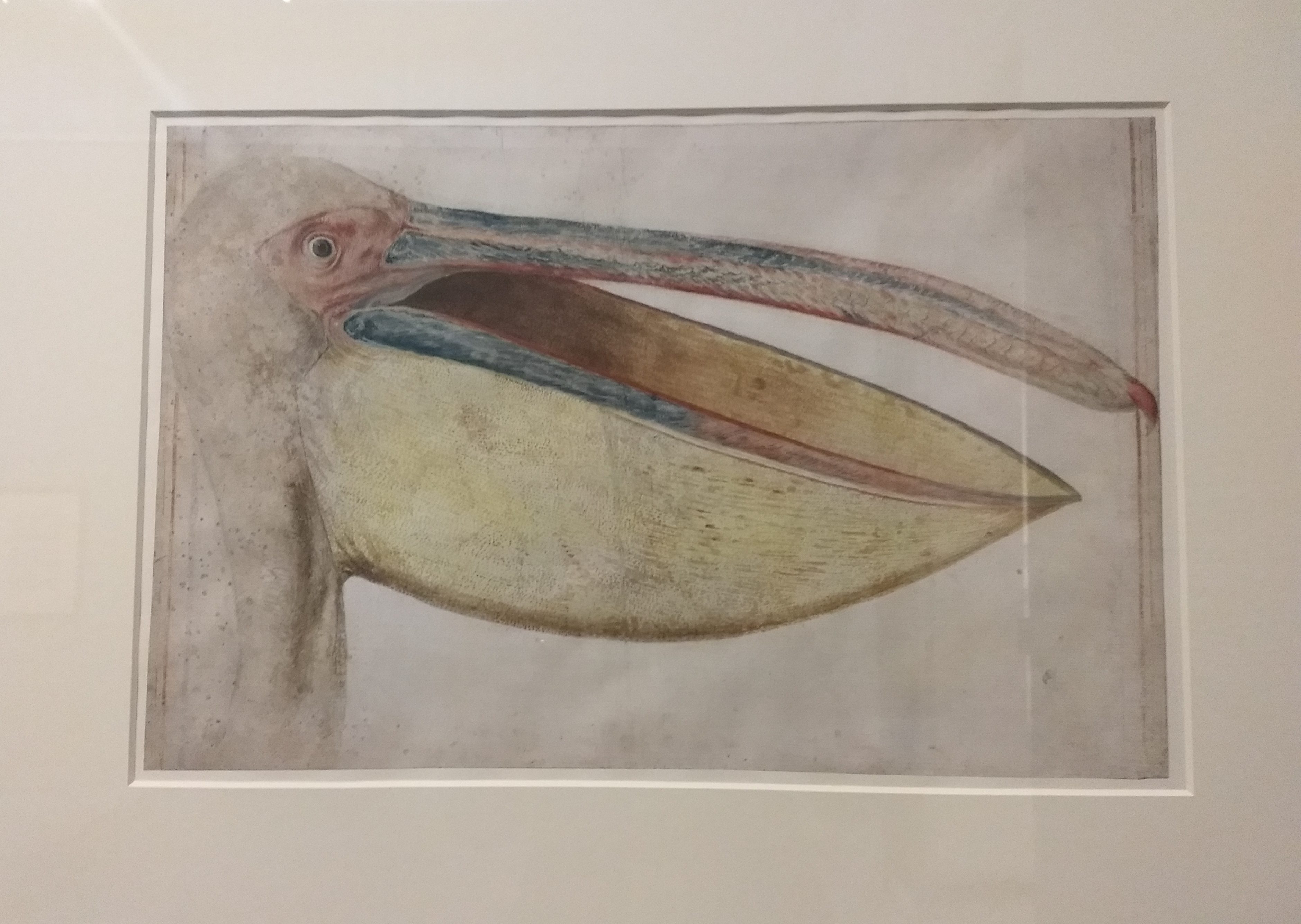One of the benefits of living in Harborne is one’s proximity to the University of Birmingham. The beautiful campus, overbearingly phallic clock tower, expansive green spaces and exceptional art galleries make for a fabulous day out. I’m not sure the students feel the same way, but I will allow myself a rose-tinted view as I am, after all, colour blind.
Currently on show in the Barber Institute of Fine Arts is a collection from Cassiano dal Pozzo’s illustrations. These were among the first documented anatomical and architectural depictions in history. They make for fascinating viewing and I cannot recommend this free exhibition more.
The new kind of art initiated by the lynxes became part of the “paper museum” of Cassiano dal Pozzo, a 17th-century lawyer, diplomat and scientific amateur. These albums of intricate learning eventually found their way into Britain’s Royal Collection. The Guardian
One of the first things which caught my eye was the original drawings for the floor plan of St Peter’s Basillica in Rome. As none of you will know, I spent one of the greatest years of my life in Rome. I often miss my time there, most frequently when seeing the state of the ‘coffee’ I am served. This picture is MichaelAngelo’s final scheme for the Basillica in 1569. Its inclusion in the collection is evidence of Cassiano’s interest in antique architecture and religious symbolism, this being the most holy site in Catholicism.
It is impossible to overstate the importance of these masterpieces of scientific art, yet until art historian David Freedberg chanced on them in a cupboard in Windsor Castle in 1986, they lay neglected for centuries, their connection with one of Europe’s first scientific academies forgotten. The Guardian
My second favourite piece in the collection is this extraordinary ‘fingered lemon’ which Cassiano drew. This is characteristic of the evolution of botanical understanding. At the time, it was believed that the seed of the lemon was deformed, leading to this disfiguration of the final fruit. Now, we know such deformations are caused by the citrus flower being damaged by small insects pollinating it.
These are just two examples of the wonderful pieces in this temporary exhibition. I highly recommend you go and inspect them. There is a lot to be learned about the progression in thinking as well as the extraordinary work in preserving these significant works.
If you’ve time, take a look around the permanent exhibition, just around the corner. Inside are contained myriad religious icons, a coin collection and some startling watercolours. My personal highlight was this bronze tiger. The way one could see the motions it must have taken just by looking at is quite wonderful.
Enjoy your time at the Barber Institute. I certainly did!




